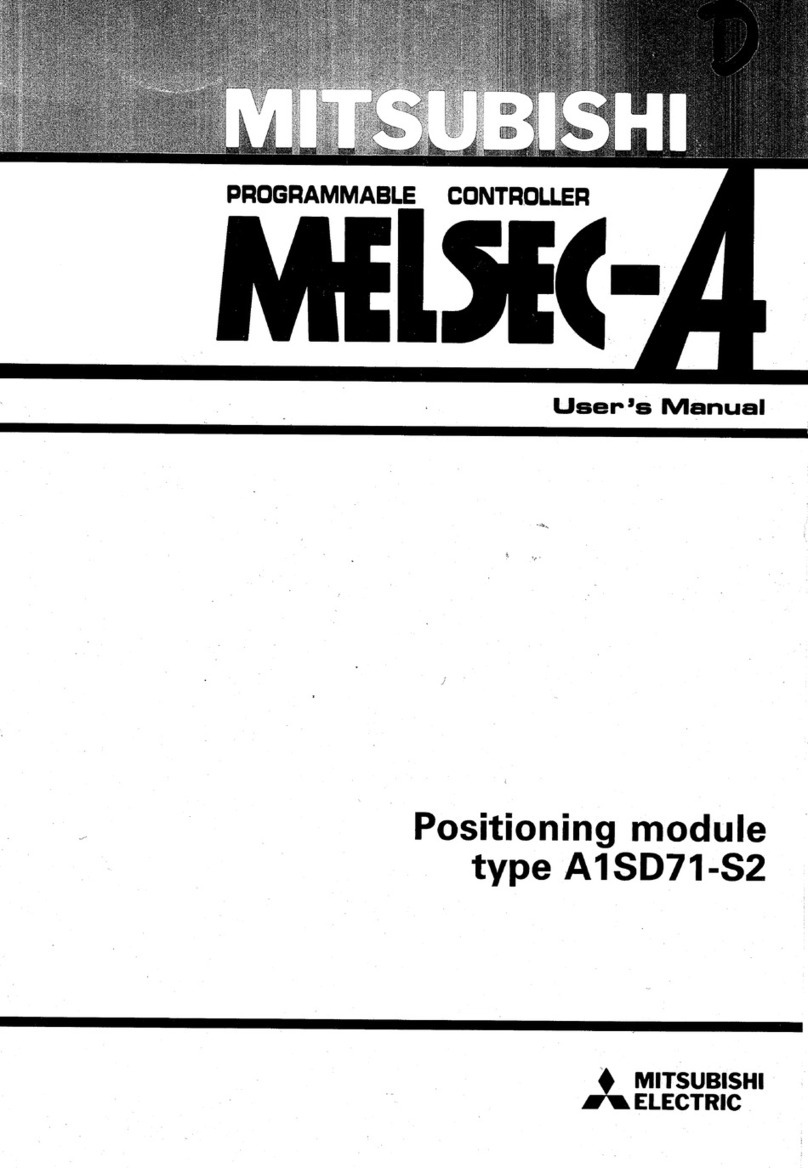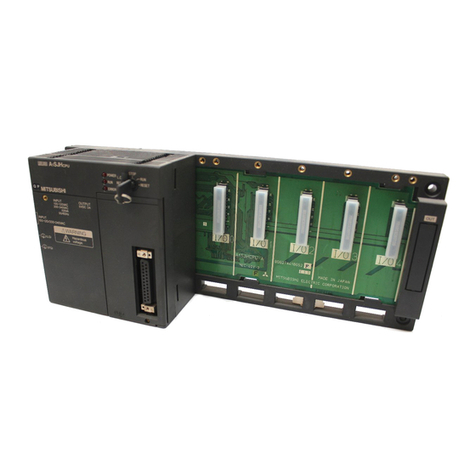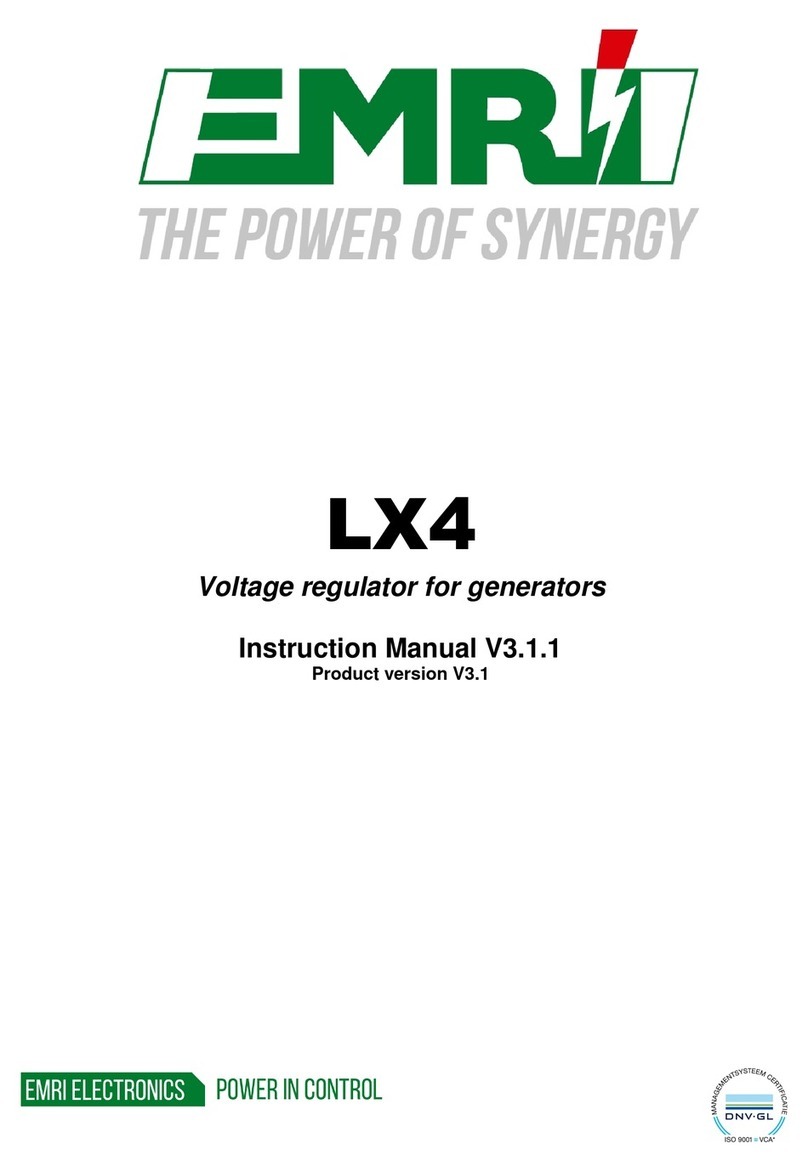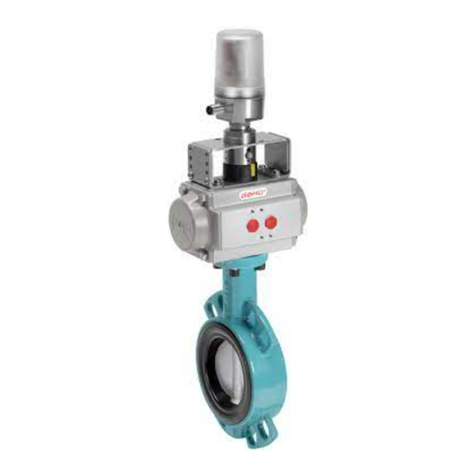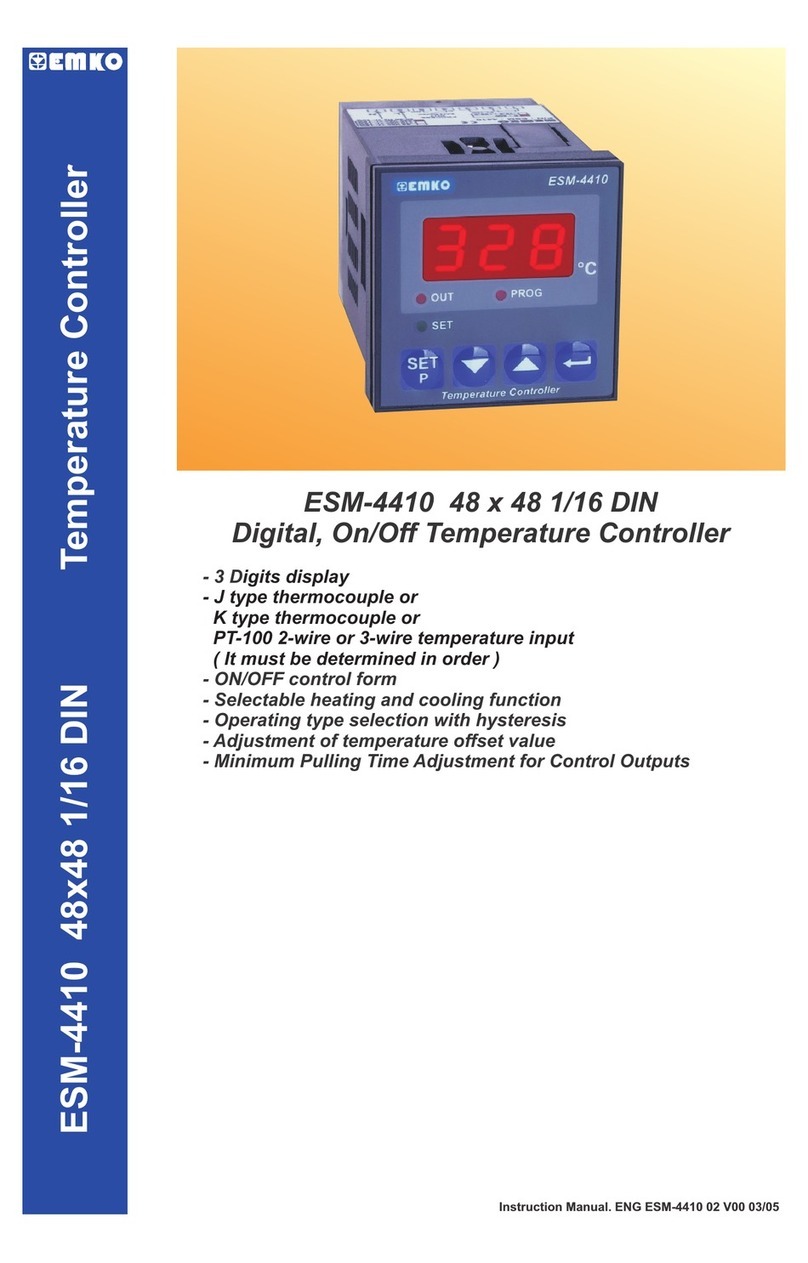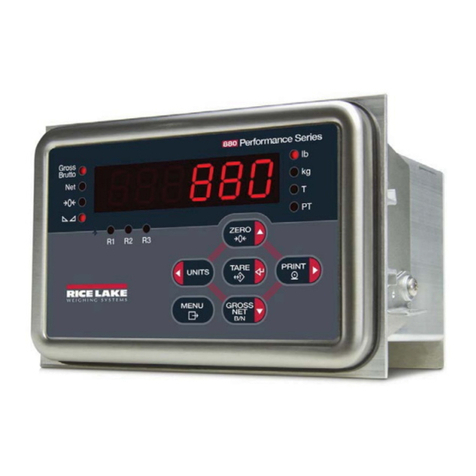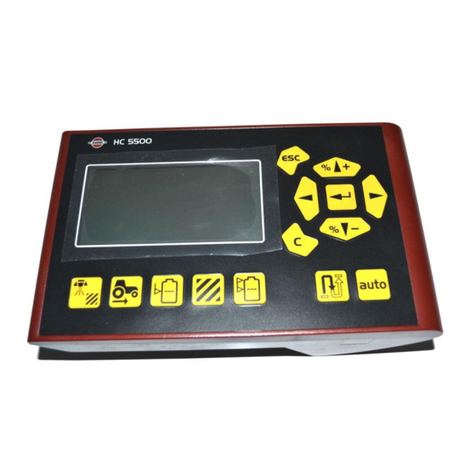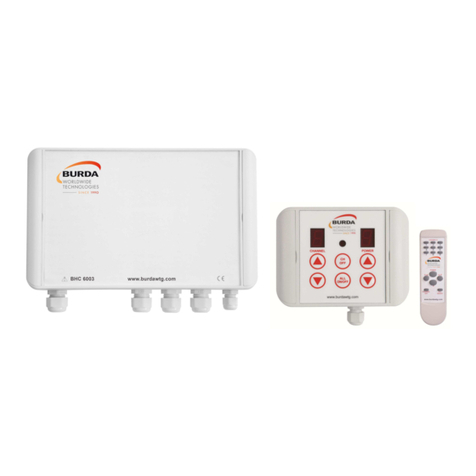Mitsubishi QJ71GP21S-SX User manual




















This manual suits for next models
1
Other Mitsubishi Controllers manuals
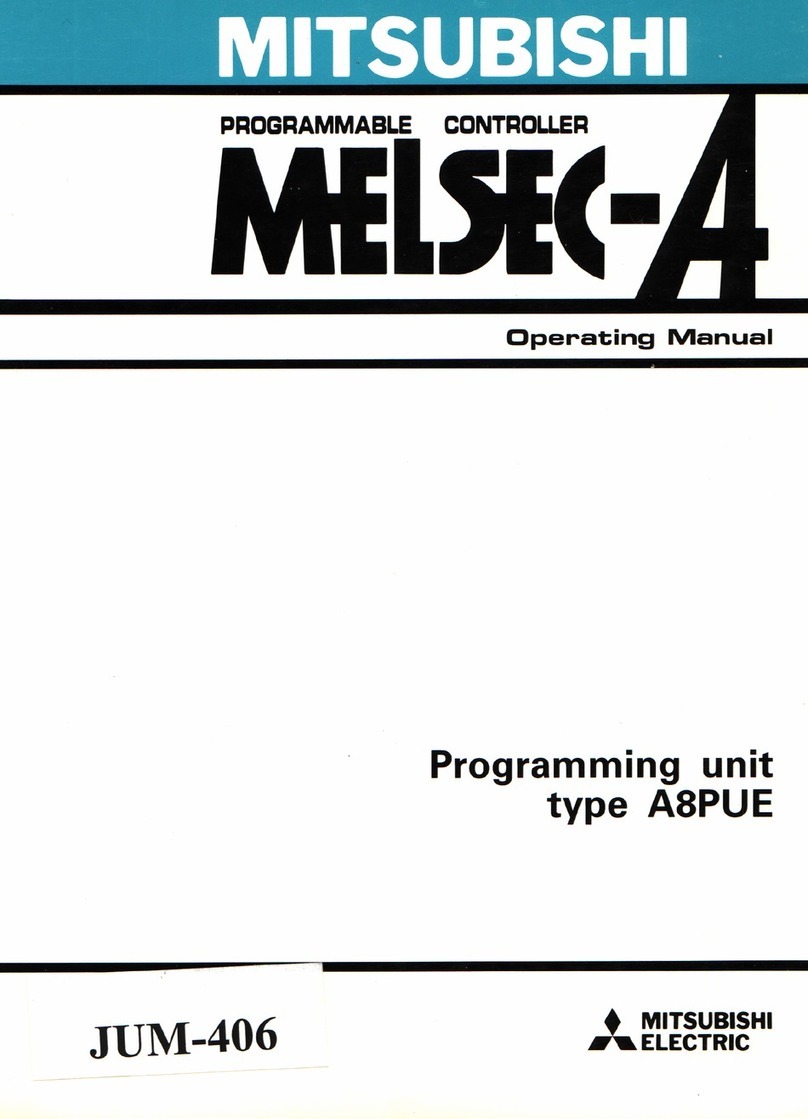
Mitsubishi
Mitsubishi MELSEC-A series User manual
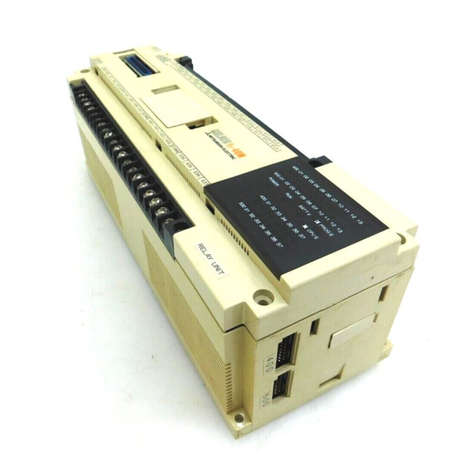
Mitsubishi
Mitsubishi MELSEC F2-60MR User manual

Mitsubishi
Mitsubishi FX-2AD-PT User manual

Mitsubishi
Mitsubishi FX3UC Series User manual
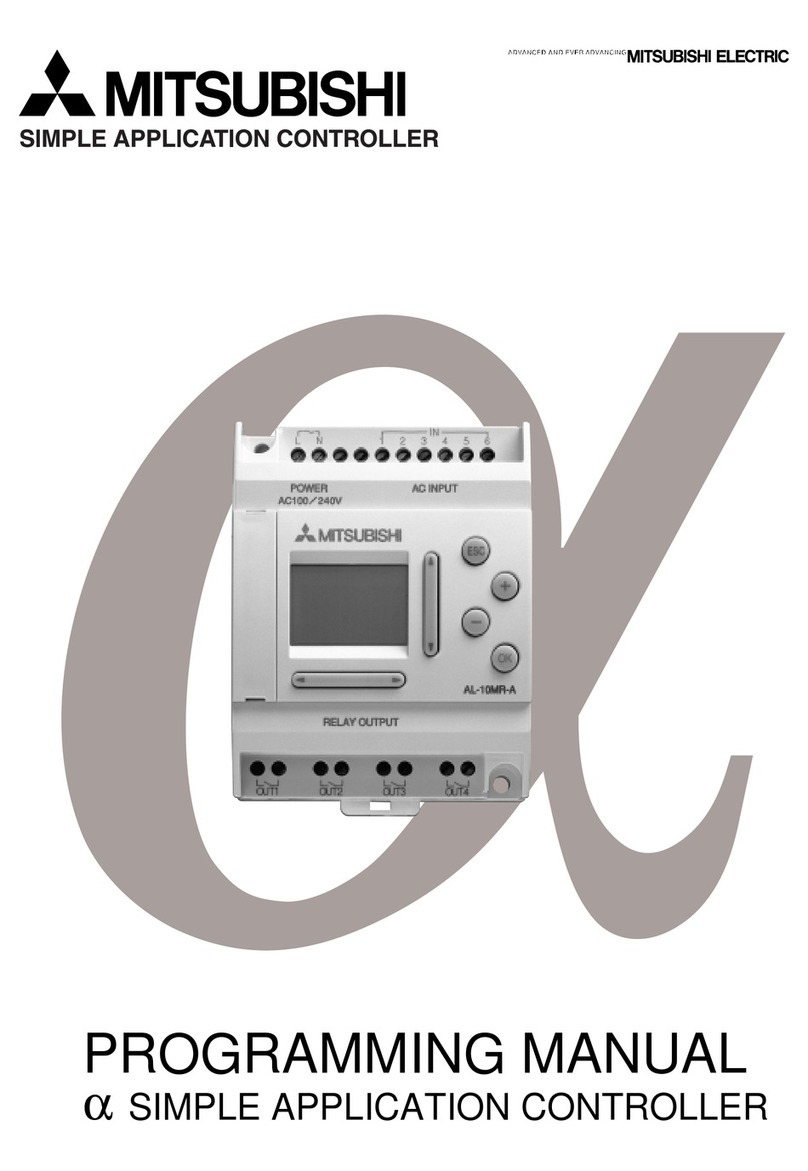
Mitsubishi
Mitsubishi Alpha Series Owner's manual

Mitsubishi
Mitsubishi QS03NB-U-HW Instruction Manual
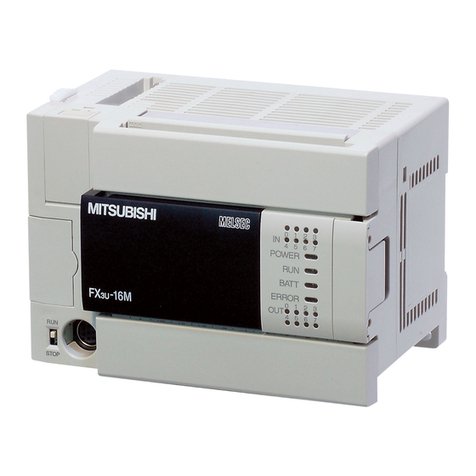
Mitsubishi
Mitsubishi FX3U Series User manual

Mitsubishi
Mitsubishi FX3G-2AD-BD User manual
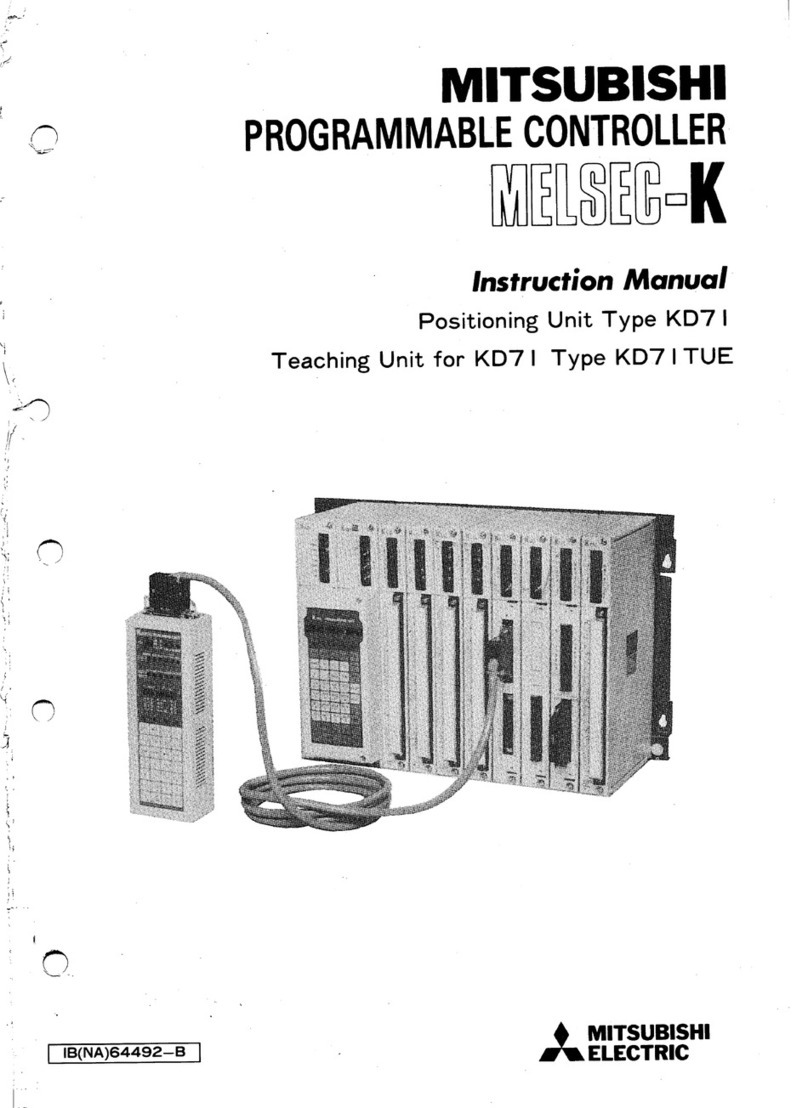
Mitsubishi
Mitsubishi MELSEC-K User manual

Mitsubishi
Mitsubishi QD51 Owner's manual
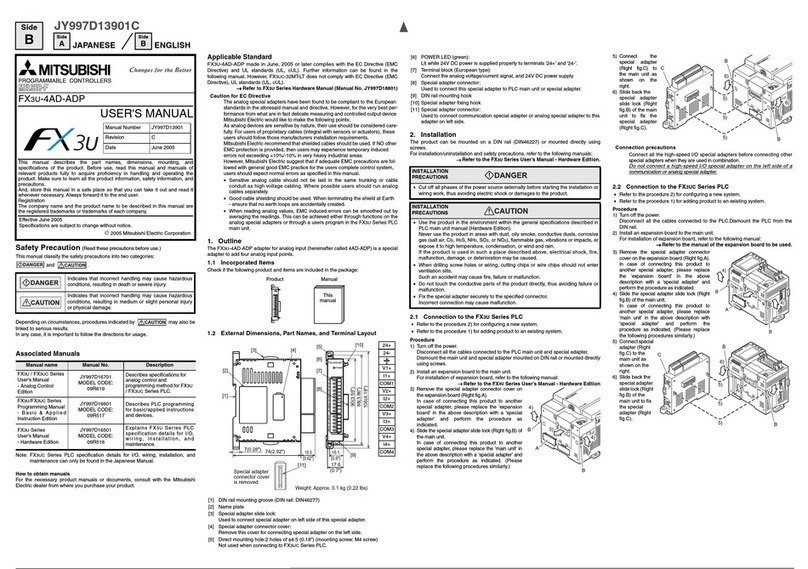
Mitsubishi
Mitsubishi MELSEC-F FX3U-4AD-ADP User manual

Mitsubishi
Mitsubishi FX1S Series Owner's manual
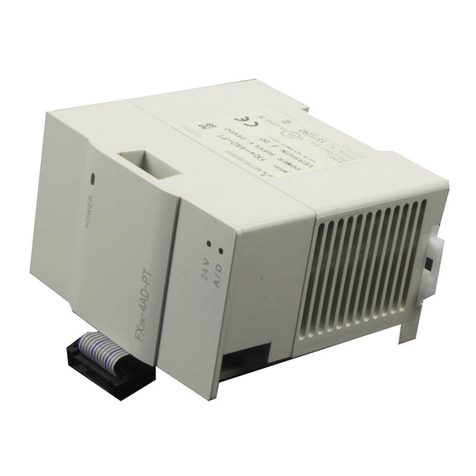
Mitsubishi
Mitsubishi FX2N-4AD-PT User manual

Mitsubishi
Mitsubishi a2 Series Owner's manual
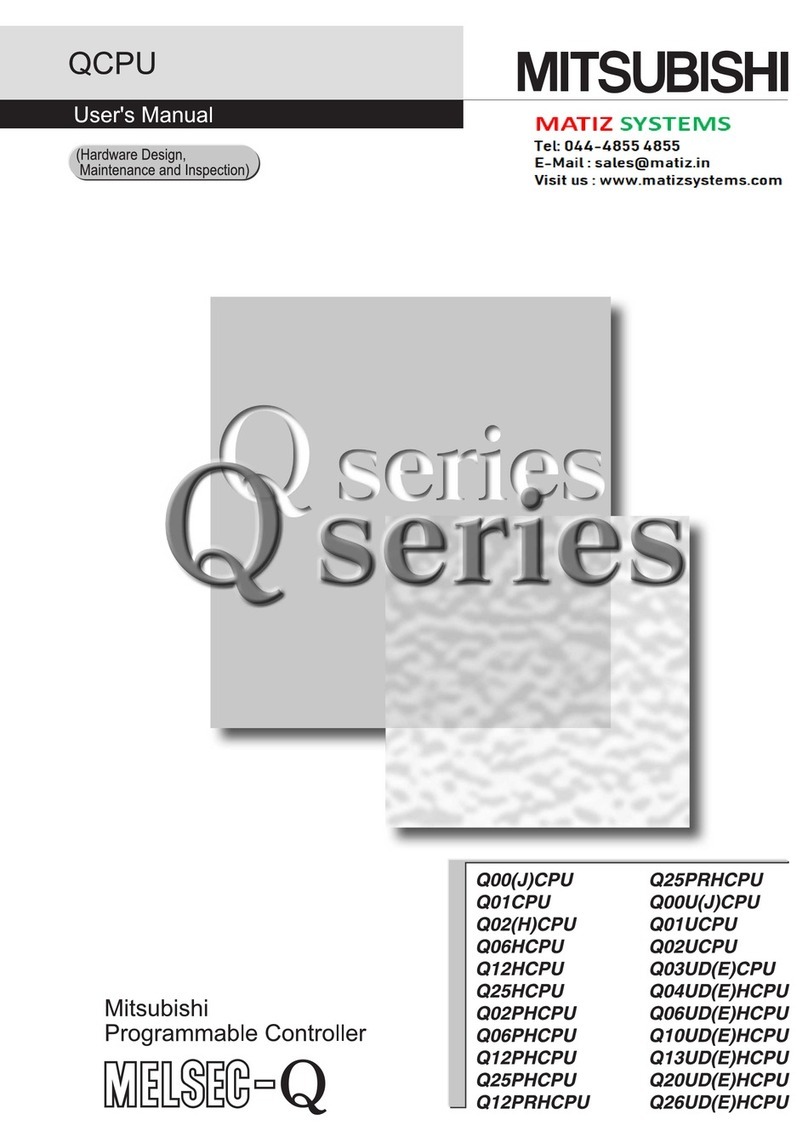
Mitsubishi
Mitsubishi MELSEC Q Series User manual
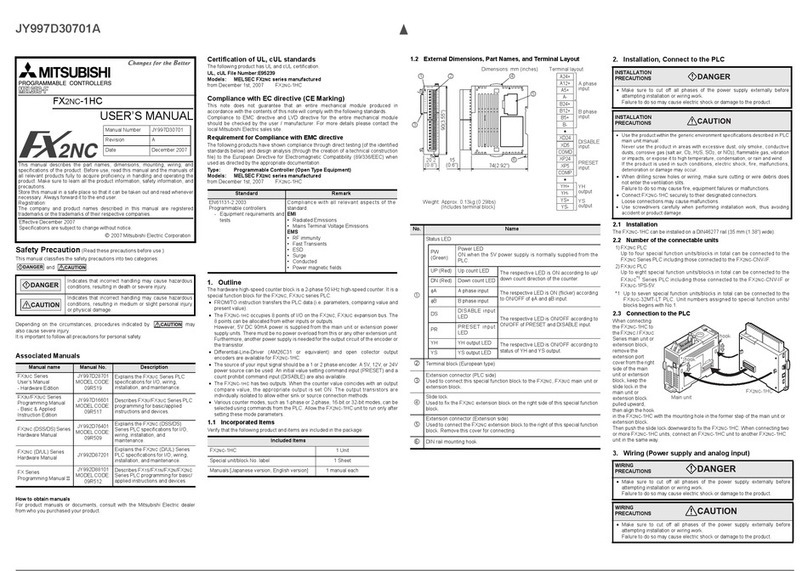
Mitsubishi
Mitsubishi FX2NC Series User manual
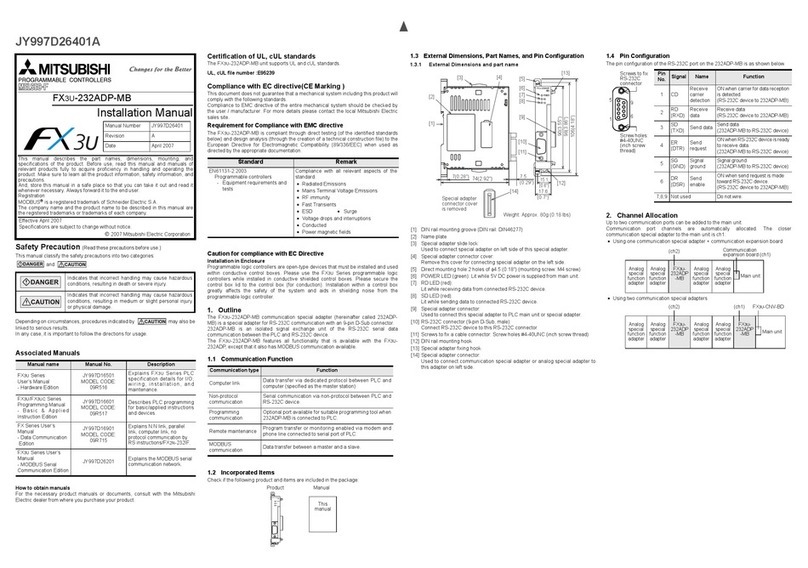
Mitsubishi
Mitsubishi FX3U-232ADP(-MB) User manual

Mitsubishi
Mitsubishi CR760-Q User manual

Mitsubishi
Mitsubishi Melsec A series Manual
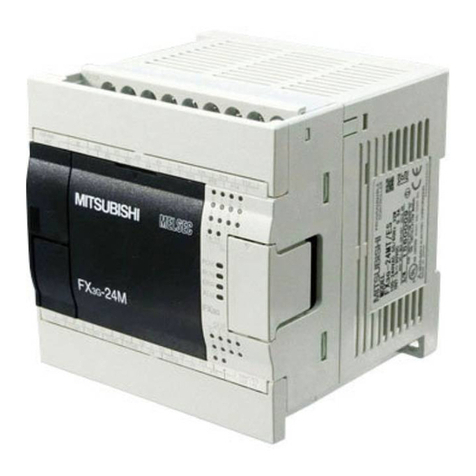
Mitsubishi
Mitsubishi FX3G Series User manual
Popular Controllers manuals by other brands

Vestax
Vestax PMC-05Pro owner's manual
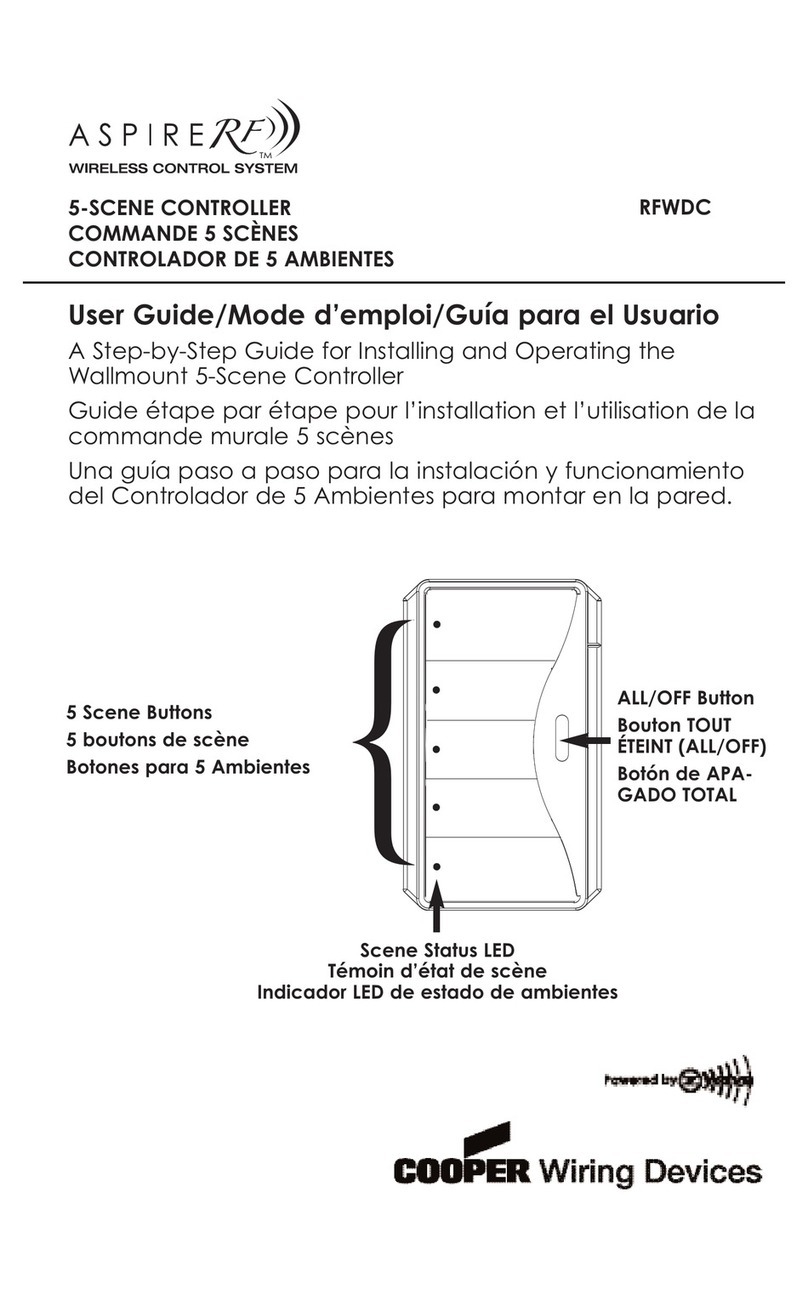
Cooper Wiring Devices
Cooper Wiring Devices ASPIRE RF RFWDC user guide
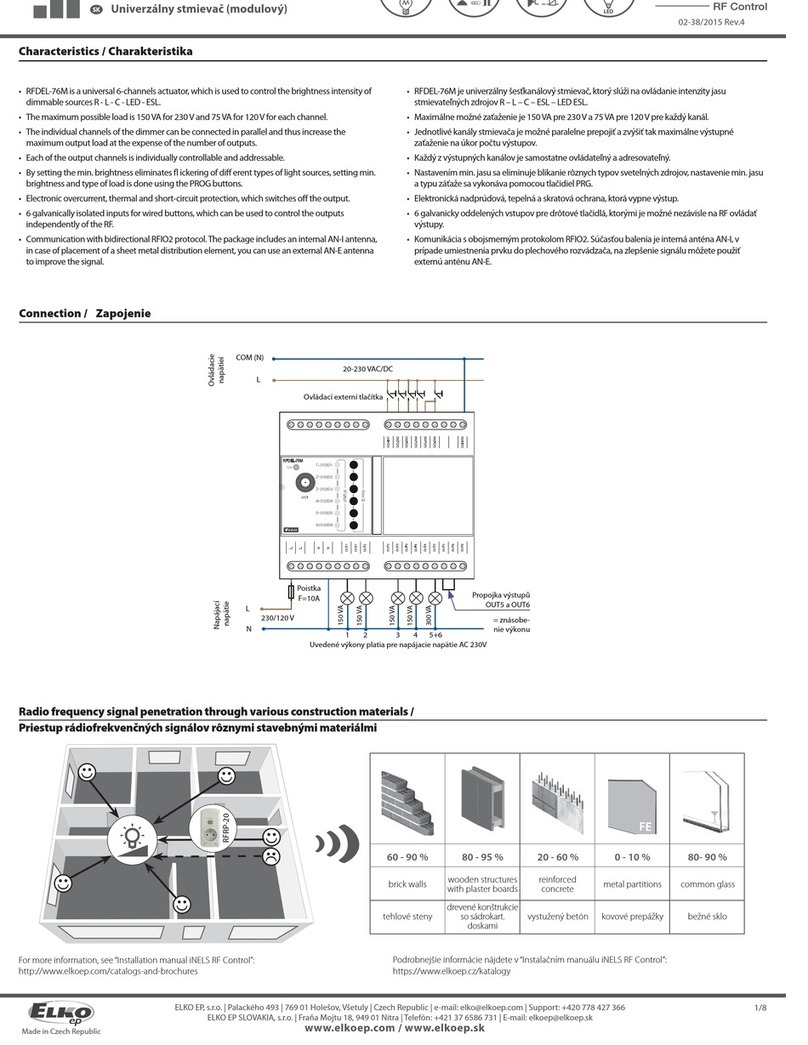
Elko
Elko RFDEL-76M quick start guide
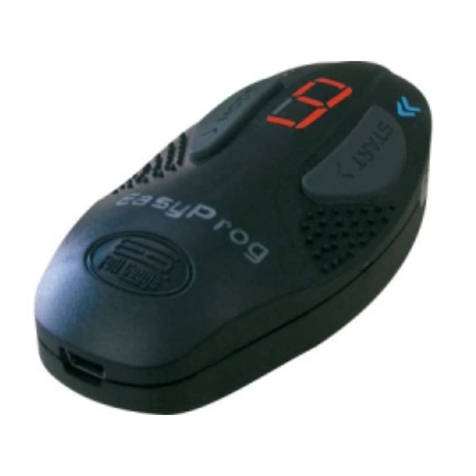
Full Gauge
Full Gauge EasyProg instruction manual

Mueller
Mueller SENTRY II Installation operation & maintenance
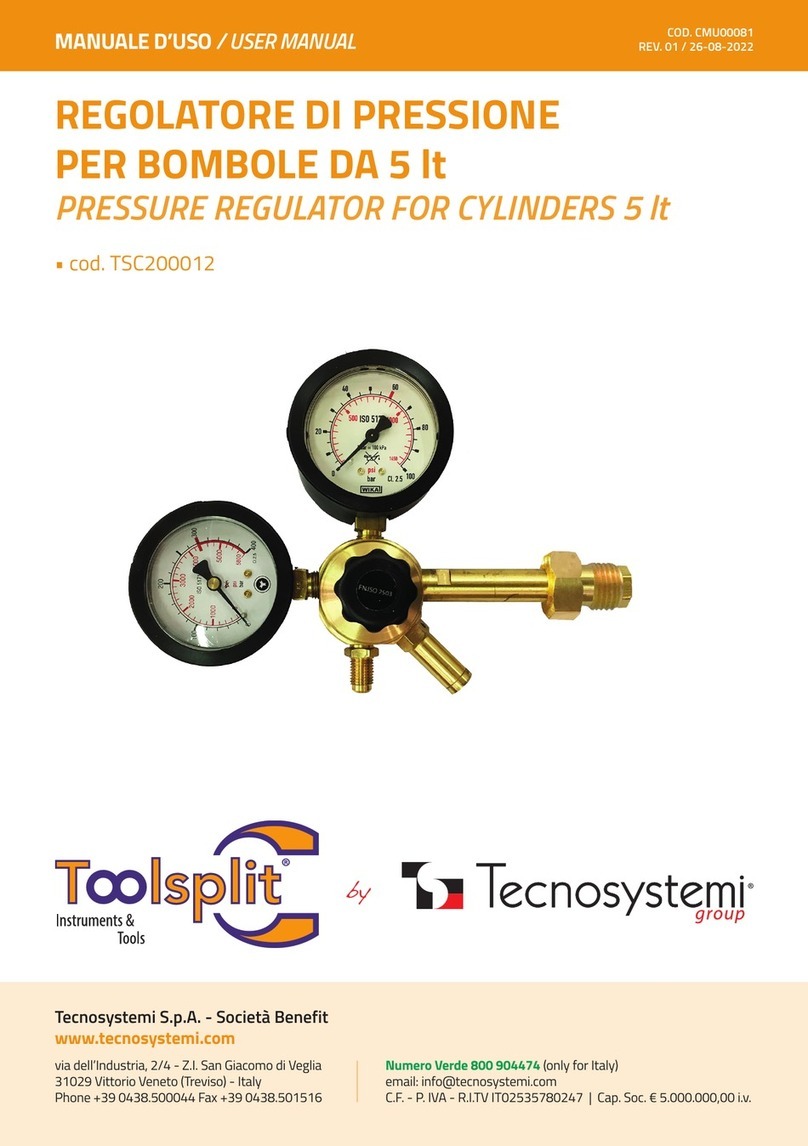
Tecnosystemi
Tecnosystemi Toolsplit TSC200012 user manual
